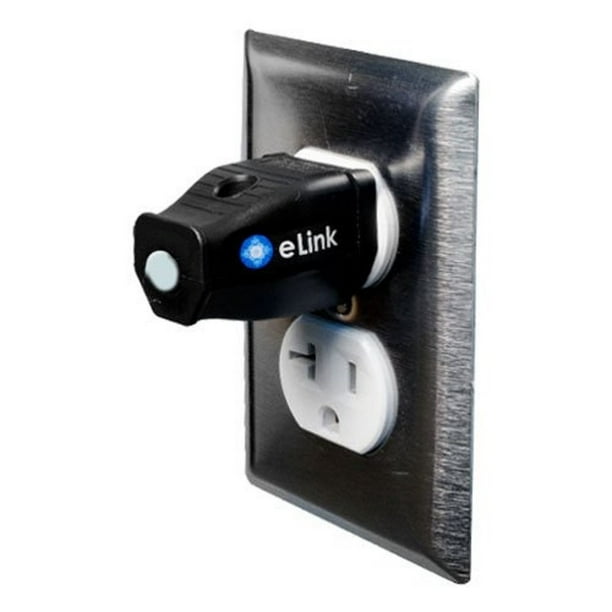This article covers the topic of 5G radiation, a non-ionizing type of electromagnetic radiation. Since 5g radiation poisoning is small, it doesn't possess the capability of breaking the chemical bonds of biological tissues or cause any changes to cells. It's not clear whether the effects of 5G radiation alter the risk of developing skin cancer. No evidence has been discovered to suggest that it can cause other illnesses.
High-frequency millimeter wave radiation
High-frequency millimeter-wave radiation from mobile devices and wireless networks could cause adverse health effects for human beings. There are many ways that this radiation can be harmful. In certain instances the radiation could cause damage to a person's DNA. In other cases, it may cause damage to other areas in the human body such as the brain.
Recent research has shown that 5G technology can cause the heating of tissues. As a result, researchers from the International Council on Non-Ionizing Radiation Protection (ICNIRP) has asked to review the current thermal and biological safety standards. The current standards of exposure do not protect people from excessive heating when exposed to millimeter wave pulses.
Skin cancer risk
There is no definitive answer yet to the issue of whether radiation from 5G could cause skin cancer. It is however believed that 5G RF EMFs behave as high-LET ionizing radiations. This means that they can produce high levels of free radicals within the skin. The FCC has not yet issued any specific guidelines on the potential dangers associated with 5G technology, and the debate on the subject continues.
Although there has been a variety of studies regarding the impact of radio waves that are higher frequency on human health, they have remained largely small in scope. However, there is concern over the effects of millimeter-wavelength exposure on oxidative stress and gene expression. The effects could extend to the skin and other organs, such as the brain.
Impact on other diseases
An innovative new technology in wireless, called 5G, is rapidly growing in popularity however, scientists are concerned about the potential health risks. 5G technology is expected to significantly increase the amount of electromagnetic radiation found in our surroundings. This is a problem that has caused debate in several countries including Switzerland. In September 2017 390 scientists and doctors have backed a motion to put an end to 5G deployment. This call was ignored by the European Commission, which is in charge of monitoring the use of 5G technology.
Therefore, 5g radiation symptoms is needed to determine the health impacts of 5G. However studies have proven that 5G doesn't cause the same adverse effects on humans as old mobile networks. Additionally, it does not transmit a new type of coronavirus. In addition, it does not make people more susceptible to infections caused by viruses.

5g radiation symptoms of exposure

Monitoring exposure to 5G radiation is a vital aspect in making sure that 5G networks are safe. There are 5g radiation poisoning to gauge exposure. One is to measure the RF power that is absorbed by human tissues. The other involves measuring the quantity of radiofrequency energy released by an object. The term "radiofrequency energy" (RF) refers to an electromagnetic field of energy that comes through radio transmitters.
In the United States, the FCC has set a limit on the power density of mobile devices running 5G. The tests are able to test the power density of just a few inches, and they do not require measurements of every beam. FCC does not have to measure each beam. However, how much power is generated by each beam can be estimated by computer simulation. The worst-case scenario is selected depending on the beam's configuration. each beam.
Study limitations
There's been a lot of discussion about the impact of 5G radiation on the health of people. In the case of 5G, for instance. Swiss government, for instance has issued an assessment that concludes that the technology has no negative health consequences in the short-term, but there are no studies which have shown long-term negative effects. However, this report has a variety of issues and bias in reports.
The power and frequency of the radio waves that carry energy will depend on the frequency. The energy carried by a millimetre wave will be similar to the current radio waves however, they're smaller in size and more suitable for environments with high density because they cannot be block by walls or glass. High-density urban areas would require a high number of tiny, low-power sites while suburban areas would be better served by 5G sites that operate at lower frequency.
